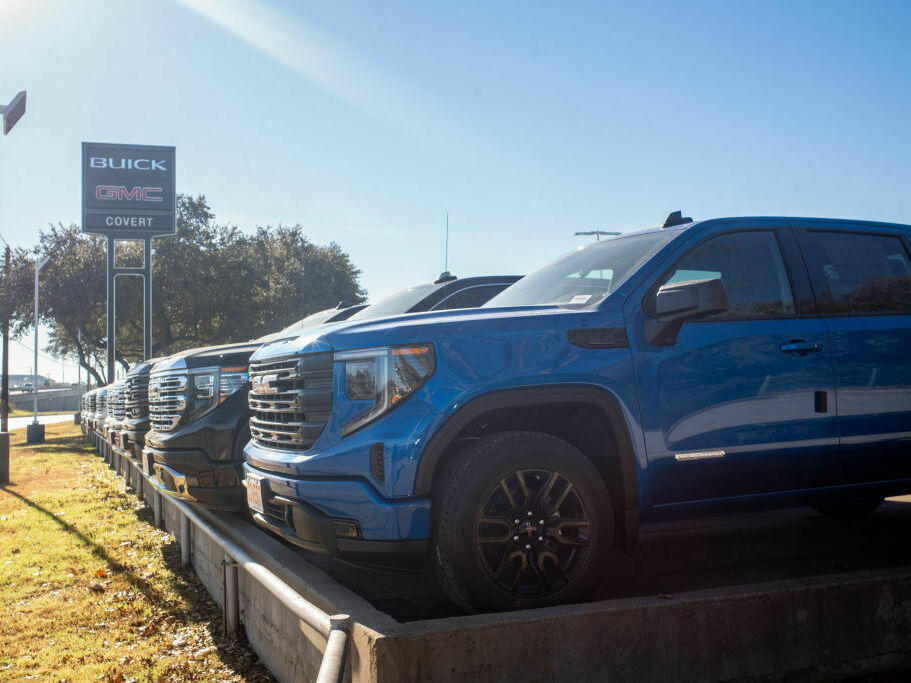Section Branding
Header Content
Taller cars and trucks are more dangerous for pedestrians, according to crash data
Primary Content
American cars and trucks keep getting bigger — and new research suggests that additional height comes at a steep cost to safety.
Vehicles with higher front ends and blunt profiles are 45% more likely to cause fatalities in crashes with pedestrians than smaller cars and trucks, according to new research published Tuesday by the Insurance Institute for Highway Safety.
"We expected those vehicles to indeed create a higher risk of fatality for pedestrians," said David Harkey, the president of IIHS, in an interview. "But I don't know that we had those expectations that the number would be quite that high."
Pedestrian fatalities in the U.S. have been climbing steadily, to their highest level in more than 40 years. The number of pedestrian deaths is growing faster than traffic fatalities overall, jumping more than 80% since 2009.
The new research adds to growing evidence that bigger vehicles are an important factor in pedestrian fatalities — though transportation safety experts say there are multiple reasons for the increase, including road design and cars moving at faster speeds.
Researchers at IIHS studied data for nearly 18,000 pedestrian crashes. They found that pickup trucks, SUVs and vans with a hood height greater than 40 inches are 45% more likely to cause fatalities than shorter vehicles with a hood height of 30 inches or less.
The shape of the vehicle's front matters too, researchers found. Among medium-height vehicles with a hood height of between 30 and 40 inches, vehicles with a blunt front profile were 26 percent more likely to cause pedestrian fatalities than those with sloped fronts, according to the IIHS study.
Harkey says the height and front profile of these vehicles may contribute to more severe injuries.
"The vehicle is striking the pedestrian much higher in the torso region and tends to push the pedestrian forward and down," he said. "So the result is, is you have a lot more severe injuries, and more often than not a lot more head injuries. "
Safety experts say the additional height of these vehicles may also impede visibility.
"The front ends of some of the best selling cars in America (full-size pickups) are as high as 55 inches, producing huge forward blind zones that are especially dangerous to children and wheelchair users," said Angie Schmitt, the author of Right of Way: Race, Class, and the Silent Epidemic of Pedestrian Deaths in America.
"Poor and vulnerable people are paying a high price for this arms race among auto consumers," Schmitt said in an email.
Over the past three decades, the average U.S. passenger vehicle has gotten about 4 inches wider, 10 inches longer, 8 inches taller and 1,000 pounds heavier, according to IIHS. The non-profit organization is funded by auto insurance companies and associations, with a mission of finding ways to reduce crashes and the losses that result from them.
"We need automakers to pay attention to these kinds of results and start to think about what they can do with regards to designing their vehicles to protect the vulnerable road users in our system," Harkey said. "We really need to think holistically about what we need to do to protect everybody on our roadways — not just those in the vehicle, but those outside the vehicle as well."
Copyright 2023 NPR. To see more, visit https://www.npr.org.

